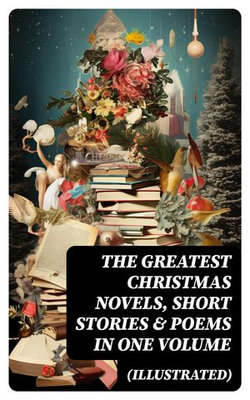The Greatest Christmas Novels, Short Stories & Poems in One Volume, with its striking assortment of literary styles, brings together a remarkable tapestry of festive narratives. From the whimsical charm of Beatrix Potter to the profound depths of Fyodor Dostoevsky, the collection encapsulates the multifaceted spirit of Christmas. It seamlessly weaves together the joy, melancholy, wonder, and contemplation that characterize the season, offering readers a comprehensive exploration of its significance across different cultures and periods. The anthology's diverse range, including celebrated works like Dickens' ghosts of Christmas and Andersen's fairy tales, underscores the universal resonance of Christmas — a time of reflection, renewal, and connection. The authors and poets featured in this compilation represent a veritable Who's Who of the literary pantheon, each having left an indelible mark on their respective genres. Figures like Selma Lagerlöf and Leo Tolstoy contribute narratives that reflect their complex societies and the human condition, while poets like William Wordsworth and Emily Dickinson offer lyrical expressions of the yuletide spirit. This blend of voices, from the Romantic to the Realist, exemplifies the ever-evolving cultural and emotional landscape of Christmas, illustrating how this holiday transcends geographical and temporal boundaries to speak to universal themes of love, loss, and hope. This anthology is an essential addition to any literary enthusiast's collection, appealing not only for its historical and cultural significance but also for its ability to inspire and resonate on a personal level. Readers are invited to delve into the rich tapestry of stories and poems that, together, compose a multidimensional portrait of Christmas. Whether one is drawn to the nostalgic allure of classic tales or the profound reflections in poetic verse, this volume promises a rewarding journey through the vast emotional landscape that Christmas encompasses, fostering a deeper appreciation for the ways in which this holiday is celebrated — and its stories told — around the world.




Share This eBook: